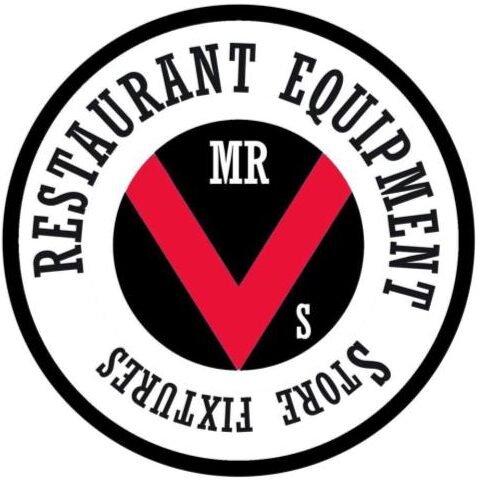The “lb” rating on a deep fryer refers to its oil capacity, measured in pounds. This rating is a key factor in determining the fryer’s food production capability and overall efficiency in a commercial kitchen.
Oil Capacity
The “lb” rating specifies the weight of oil the fryer can hold. For example, a 40-lb fryer holds 40 pounds of oil. This capacity directly affects how much food the fryer can cook within a given time frame.
Food Output
A common industry guideline is that a commercial fryer can produce approximately 1.5 to 2 times its oil capacity in food per hour.
- Example: A 40-lb fryer can typically produce 60 to 80 pounds of fried food per hour.
Choosing the Right Fryer
When selecting a fryer, consider your peak-hour food demand and choose a fryer (or multiple fryers) that can meet or exceed that need.
- Example: If your kitchen needs to produce 120 pounds of fries per hour, you would need two 40-lb fryers, since each can handle about 60–80 pounds per hour.
Factors That Affect Output
Actual food output can vary depending on several factors:
- Type of food being fried (e.g., fries vs. breaded chicken)
- Starting temperature of the food
- Fryer recovery time and overall efficiency
- Size and number of fryer baskets
Conclusion
Understanding the “lb” rating on a fryer is essential for choosing the right equipment for your kitchen’s volume. By matching fryer capacity with your food output needs, you can optimize efficiency, maintain consistent food quality, and ensure smooth kitchen operations.

